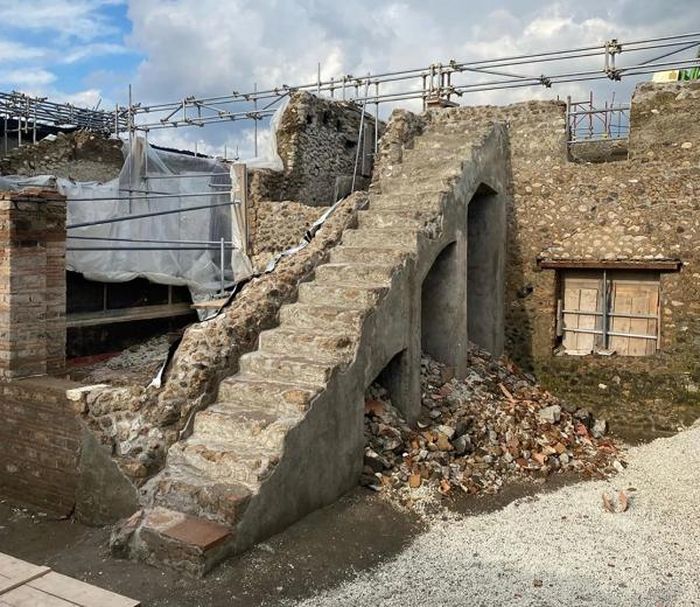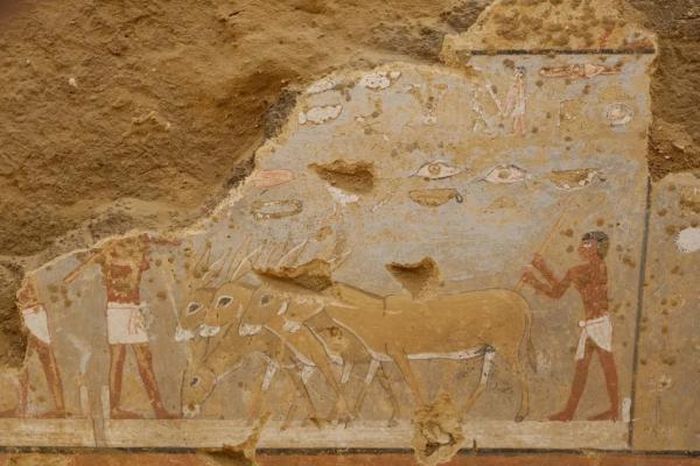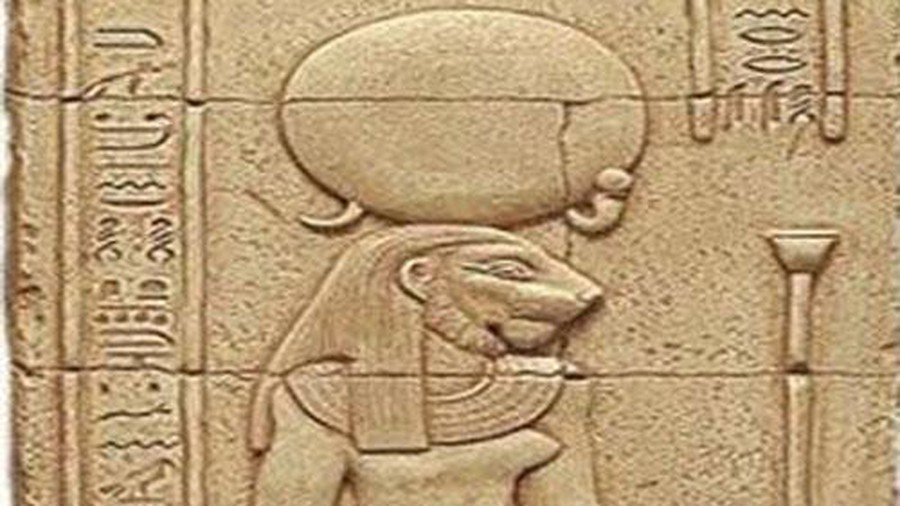Ancient Roman ruins reveal many secrets
Pompeii is an ancient Roman city, once home to more than 20 thousand people before it was completely destroyed by the earthquake of 79 AD. Documents left behind say that about 2,000 people died in this earthquake.

This discovery has helped archaeologists learn how the ancient Romans built and decorated their buildings. It will also help scientists find out why ancient structures such as the Roman Coliseum or the Pantheon still exist today, through many historical and geological changes.
In addition, the murals also help accurately depict the daily life of ancient Romans, with farming and living activities.
4 ★ | 1 Vote
You should read it
- Found four Roman rust coins in Japan yet explanation
- The ancient city buried in the seabed 1,700 years due to the tsunami
- Found the Roman ancient water tank under the warehouse in Turkey
- Discover a 1000-year-old ancient Roman mosaic stone in Cyprus
- Why is Roman concrete 2,000 years ago more sustainable than modern concrete?
- Archeology Israel explores ancient Roman history at the Mediterranean port
- The strange object is from ancient Roman times, the mystery cannot be decoded
- The 2,000-year-old Roman bath in Turkey will be open to tourists
May be interested
- Announcing a series of ancient Roman artifacts discovered in Wales
 it took nearly a year to excavate, the welsh archaeologists now officially publish a collection of ancient roman artifacts and interesting stories around.
it took nearly a year to excavate, the welsh archaeologists now officially publish a collection of ancient roman artifacts and interesting stories around. - The 2000-year-old road was excavated at Bet Shemesh
 an ancient 2000-year-old ancient road discovered at bet shemesh received the interest of archaeologists.
an ancient 2000-year-old ancient road discovered at bet shemesh received the interest of archaeologists. - Greco-Roman mummy was discovered in Fayoum
 an egyptian and russian archaeological mission operating in deir al-banat area of governor fayoum's qalmasha discovered a wooden coffin with mummies dating from the greek-roman period .
an egyptian and russian archaeological mission operating in deir al-banat area of governor fayoum's qalmasha discovered a wooden coffin with mummies dating from the greek-roman period . - The 1,600-year Roman tomb with ancient coins was discovered in Somerset
 an ancient tomb dating back to 1600 years was discovered in a field in somerset, southwestern england.
an ancient tomb dating back to 1600 years was discovered in a field in somerset, southwestern england. - Back in the past to find out how the ancient Romans went to the toilet
 learn about ancient roman toilets, pioneers who brought sanitation technology to europe more than 2,000 years ago to see how they solved sadness. surely you will be shocked to know how they clean the place.
learn about ancient roman toilets, pioneers who brought sanitation technology to europe more than 2,000 years ago to see how they solved sadness. surely you will be shocked to know how they clean the place. - 9 secrets that movie theater staff never reveal to you
 discover 9 secrets that cinema staff never reveal to you in the article below!
discover 9 secrets that cinema staff never reveal to you in the article below! - The ancient sarcophagus was discovered during road construction in Tuzla, Istanbul
 construction workers found an ancient coffin while working on the road in istanbul's tuzla district. according to the latest published information.
construction workers found an ancient coffin while working on the road in istanbul's tuzla district. according to the latest published information. - Many relics are found in the Roman graveyard at Alderney
 more roman artifacts were discovered in a graveyard hole in alderney.
more roman artifacts were discovered in a graveyard hole in alderney. - Treasure of Roman coins found in the old cemetery in Gelderland
 a warehouse of coins from the last days of the roman empire was found in an orchard in gelderland. experts believe that this treasure was buried by an army leader frankish in the second half of the v century, when the area was part of the western roman empire, collapsing in 476 ad.
a warehouse of coins from the last days of the roman empire was found in an orchard in gelderland. experts believe that this treasure was buried by an army leader frankish in the second half of the v century, when the area was part of the western roman empire, collapsing in 476 ad. - Oddly the two ancient skeletons excavated at the cemetery in London are of Chinese origin
 history the ancient roman empire was 'disturbed' when it found two chinese skeletons in this area.
history the ancient roman empire was 'disturbed' when it found two chinese skeletons in this area.










 4,300 year old color painting in an ancient Egyptian tomb
4,300 year old color painting in an ancient Egyptian tomb The underground world was accidentally discovered by people when pumping out the water. Experts here call it the 9th wonder of Earth.
The underground world was accidentally discovered by people when pumping out the water. Experts here call it the 9th wonder of Earth. Discovered where prehistoric people mined flint to hunt elephants
Discovered where prehistoric people mined flint to hunt elephants Who made this two meter tall 'devil's corkscrew' millions of years ago?
Who made this two meter tall 'devil's corkscrew' millions of years ago? The mystery inside the mummies has a real human face in Egypt
The mystery inside the mummies has a real human face in Egypt Decode the symbol of the ancient Egyptians
Decode the symbol of the ancient Egyptians